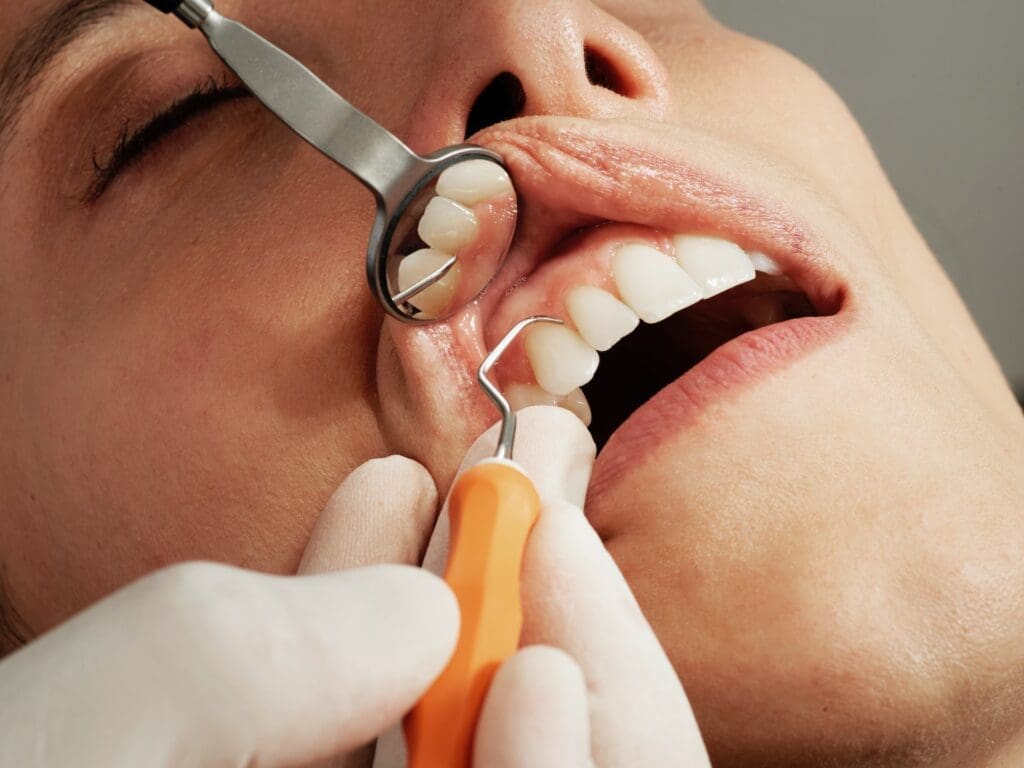Many consider our teeth as the perfect accessory because it fits any outfit. Teeth are one of the essential features of our face and can help to enhance our appearance. A beautiful smile can light up a room and make someone look more approachable and friendly. On the other hand, poor dental hygiene can make someone look unkempt and less attractive.
Having nice teeth is not just about vanity; it is also vital for our health. Good oral hygiene helps to prevent cavities, gum disease, and other problems. Brushing and flossing our teeth regularly and seeing a dentist for regular check-ups are essential.
A dental bridge is one surefire way to ensure that your smile is perfect. A dental bridge can bridge the gap between your teeth, giving you a seamless and beautiful smile. It is a fixed dental prosthetic that replaces one or more missing teeth. Bridges are supported by the natural teeth surrounding the space or dental implants.
Your dentist usually recommends a bridge if you miss one or more teeth. The type of bridge best for you will depend on several factors, including the location of the missing tooth (or teeth), the health of the surrounding teeth, and your budget.
Types of Dental Bridge
Four main types of bridges are available for those who are missing one or more teeth: traditional dental bridges, cantilever dental bridges, implant-supported dental bridges and Maryland dental bridges. The first one involves creating a false tooth, called a pontic, and attaching it to two crowns placed on the healthy teeth on either side of the gap. This type of bridge is usually made from porcelain or ceramic and can be matched to the colour of your natural teeth.
The Cantilever bridges are similar to traditional bridges, but only require one healthy tooth for support. This tooth is usually located in the back of the mouth, as it needs to be strong enough to support the false tooth.
Implant-supported dental bridges are a more permanent solution, as they involve attaching the false tooth to a metal post that is surgically implanted into the jawbone. This bridge type is unsuitable for everyone, as it requires a healthy jawbone to support the implant.
The last one is a less invasive option, as they only require minimal preparation of the teeth. It is made from metal or porcelain and is attached to the back of the healthy teeth using metal wings or resin.
When Should You Get One?
A dental bridge is recommended when someone misses no more than three teeth in a row. A bridge can bridge the gap between the remaining teeth. It is also a standard recommendation for those who cannot get dental implants. A bridge can help replace one or more missing teeth and restore your smile.
Bridges are typically made of ceramic or porcelain and are attached to the natural teeth on either side of the gap left by the missing tooth. It helps to support the bridge and keep it in place.
Conclusion
Dental bridges are essential for several reasons. First, they can help to restore the function of your teeth. Second, they can help to improve the appearance of your smile.
And finally, they can help to prevent further damage to your teeth. If you are considering getting a dental bridge, talk to your dentist about the best option.
After learning about dental bridges, you should consult Melrose Dental Group. We will carefully examine your teeth to determine if you are qualified to get one. So, schedule a consultation now!

